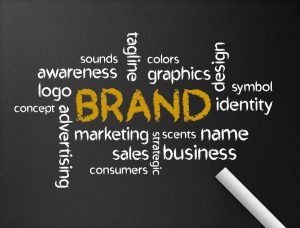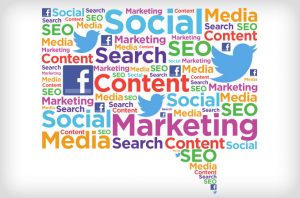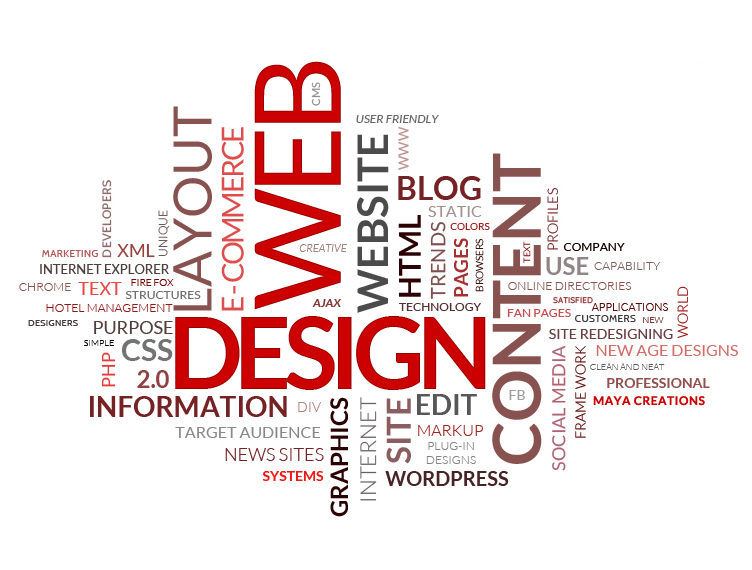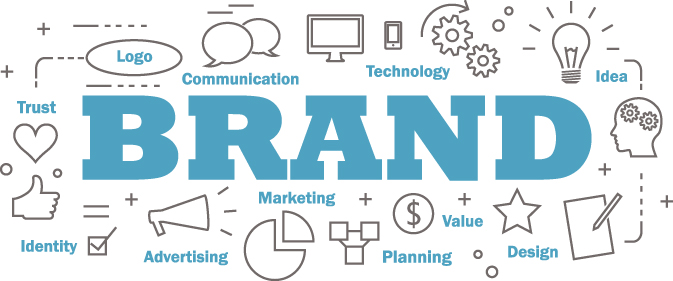
Brand identity is the visible elements of a brand, such as color, design, and logo, that identify and distinguish the brand in consumers’ minds. Brand identity is distinct from brand image.
So if brand is what they think about you, when you’re not in the room, then how you can influence that perception?
Brand identity is what you can see. It fuels recognition, amplifies differentiation, and makes big ideas and meaning accessible.
“You see it , touch it, hold it, hear it, watch it move.”
To put it simply: everything that you can see (the visual language) is brand identity. Starting with typography, colors, logo, identity system through layout, grid, composition, motion graphic to packaging (print design) and social media graphics, web design (digital design) and much more.
How many elements a brand identity system consist of depends entirely on how many touch points (applications) needs to be designed for a brand.
“Brand Identity is what we can see.”
Our main goal is to find artifacts that tell your story and engage people with who you are in a familiar and meaningful way.
That means ensuring every time your artifacts show up, they are consistent in their appearance, use, size, scope, color, feel, etc.
Some of these items are the name, logo, tone, tagline, typeface, and shape that create an appeal. Brand identity is a separate category from brand image.
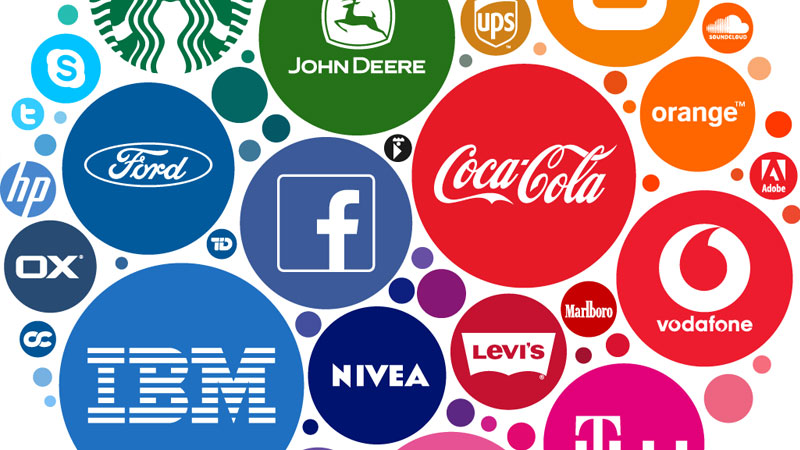
Brand identity consists of elements like:
— logo or wordmark
— different logo lockups
— key colors (color palette)
— corporate typefaces
— standard typographic treatments
— consistent style for images
— library of graphic elements
All of which comes together to form a Brand Identity Guidelines document. The guides govern on how to use these visual brand assets (check styleguide of famous brands)
Identity guidelines document describes the tangible message the consumer receives from the product, person, or thing. And the key here is consistency. I’ve seen so many great companies that use their brand’s visual language inconsistently. Consistency allows your audience to build a memory structure around who you are and what value you have to offer.
The main purpose of brand identity is to set guidelines on how to use those visual assets. Consistency in identity projects the corporate culture that surrounds the product. And this culture becomes the brand identity of your organization.
Generally speaking, brand identity takes disparate elements and unifies them into whole systems. So the logo alone is not brand identity, but it’s a part of brand identity. How the logo is shown on applications, what typefaces and colors your company uses – all those aspect form the visual identity system.
Therefore, the best identity programs embody and advance the company’s brand by supporting desired perceptions (through design). After all, design plays an essential role in creating and building brands (the process of branding).
In fact, design differentiates and embodies the intangibles — emotion, context, and essence — that matter most to consumers. A designer’s job is to create a desired perception by using any means available in terms of visual language.
- BrandingB.O.S.S. Digital Marketing™, LLC want your Name, Logo, Identity, Colors, Marketing, and Strategy to be a clear representation of your brand and connect with your users. Your Brand is your companies theme.
Branding »
Brand Audit »
Brand Identity »
Logo Design »
Re-Branding »
Branding Request Form » - Social Media
B.O.S.S. Digital Marketing™, LLC can help you use Social Media to enhance your marketing strategy as well as bring traffic to your business and website.Social Media»
Content Development »
Social Media Request Form »
- Strategy & Consulting
Well simply put this is chess not checkers we can help you strategically make sure your doing all that you can to get your business to reach the masses. It’s easy to have a great idea but you need to be able to maintain all of these aspects collectively. We can help you manage this by taking a look at what your company currently has in place.Strategy & Consulting »
Content Marketing »
Keyword Implementation »
Market Research »
Procrastinating »
Standard Service Request Form »
Traffic Service Request Form »



